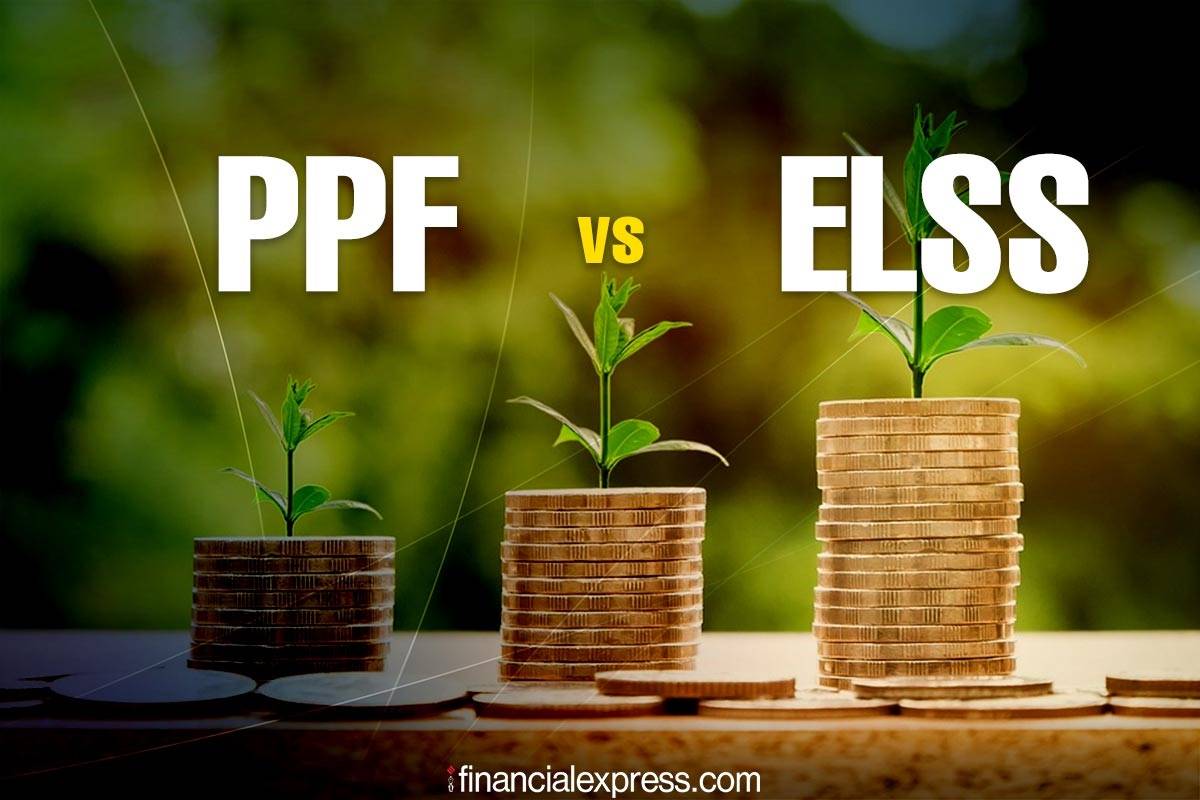As the popularity of mutual funds grows, investors often wonder whether to invest in Public Provident Fund (PPF) or Equity-Linked Savings Scheme (ELSS) for tax-saving purpose.
Public Provident Fund (PPF)
PPF is one of the most popular government-backed schemes in India today. One of the reasons for this is PPF enjoys a favourable tax status, i.e. Exempt-Exempt-Exempt (E-E-E). This means, contributions are eligible for tax deduction under Section 80C, the interest earned is tax-free, and maturity proceeds are exempt from tax.
The minimum that can be invested in PPF is Rs 500 per financial year, while the maximum is Rs 1.5 lakh in a financial year. You have the option to invest a lump sum or in 12 instalments. Money invested in PPF is subject to a lock-in period of 15 years. During this tenure, the account holder earns a tax-free rate of return (currently 7.9% p.a. compounded annually) and withdrawals, as mentioned earlier, are tax-free.
To ensure that the PPF account is active, a minimum deposit of Rs 500 per financial is necessary until maturity. Note that interest on the PPF account is calculated on the minimum balance in the account between the 5th and the last day of every month.
So if you are planning on investing into it on a monthly basis, make sure the investment/contribution is made on or before the 5th of every month (i.e. the PPF account is credited with the investment amount of contribution on or before the 5th of every month).
The PPF account is not only useful from a tax planning point of view for risk-averse individuals but even to build a retirement corpus (retirement planning). The corpus can be built to serve as an important source of inflow during retirement years.
Equity-linked saving scheme
ELSS, also known as a tax-saving fund, is a diversified equity fund that comes with the dual advantage of wealth-building potential and tax-saving benefit under Section 80C. The broader investment objective of an ELSS is long-term capital appreciation by investing primarily in equity and equity-related instruments.
To achieve the stated investment objective, the fund manager of an ELSS maintains a diversified portfolio of equity-and-equity related instruments, and practices a bottom-up approach to stock picking that is market-cap and sector agnostic.
Meaning, there is enough flexibility for the fund manager of an ELSS to invest across market capitalisation segments, i.e., large-cap, mid-cap, and small-cap stocks, and sectors. And speaking of investment style, it may be of any genre — growth, value style, or even a blend of both.
Another distinctive feature about ELSS is that while the investments are eligible for a deduction of up to Rs 1.5 lakh per annum (under Section 80C), there is a mandatory lock-in period of three years. The minimum investment amount for most ELSS is as little as Rs 500, with no upper limit. However, only a sum up to Rs 1.50 lakh per annum will be eligible for deduction under Section 80C.
The choice to invest a lump sum or take the Systematic Investment Plan (SIP) route is available. But keep in mind that in case of the latter, every SIP instalment in ELSS will be subject to a mandatory lock-in period of three years.
Both PPF and ELSS are unique investment avenues. When choosing between the two, consider your risk profile, broader investment objective, financial goals, and the investment time horizon, while you aim to save tax.





































